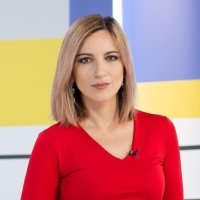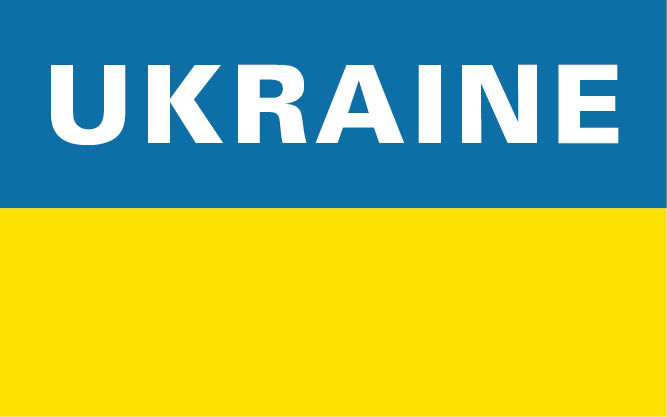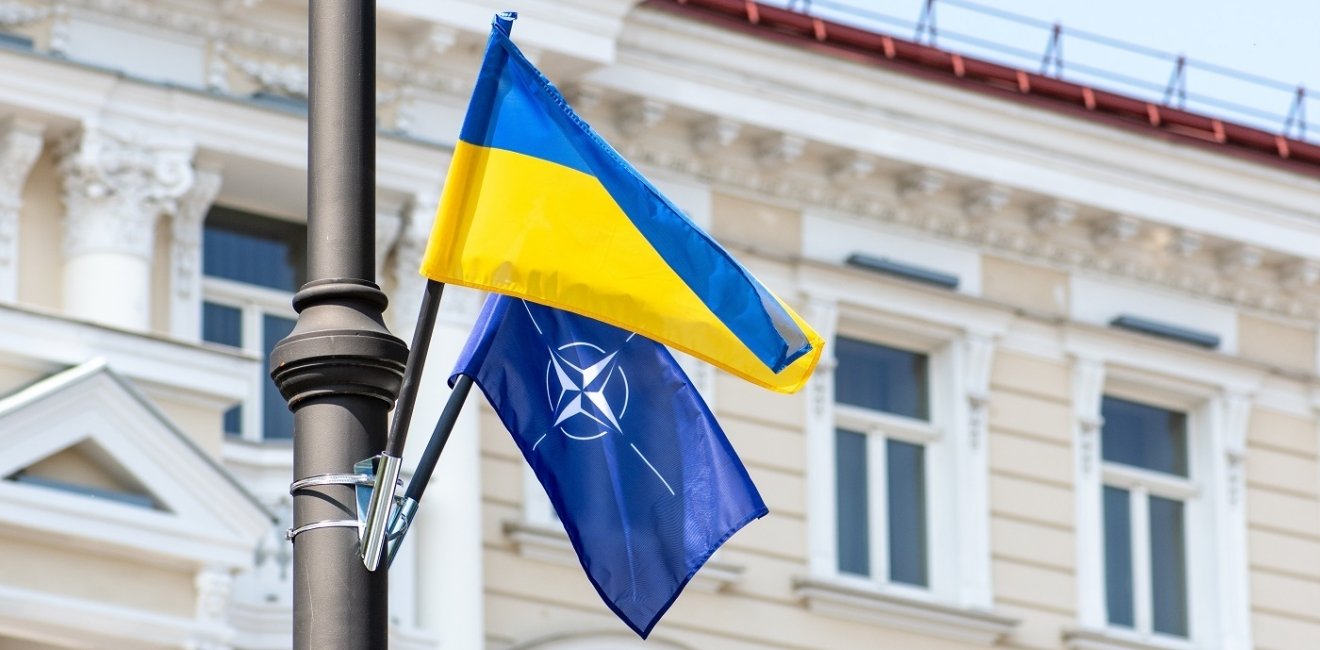
A blog of the Kennan Institute
Enthusiastic participants called the NATO summit in Vilnius “historic.” But what did this high-profile gathering actually change? Kyiv and most Ukraine supporters knew they would hear all the usual platitudes about supporting Ukraine “for as long as it takes.” They knew Ukraine would not get a formal invitation to join NATO while the war was still raging. Yet Kyiv was hoping for some terms of entry and a timeline for the day after the war ends.
On his way to Vilnius, President Volodymyr Zelensky gave vent to his disappointment. “Unprecedented and absurd when there is no time frame either for an invitation, or for Ukraine’s membership; and when, instead, some strange wording is added about ‘conditions’ even for inviting Ukraine.” According to reports, the U.S. delegation was “furious” at Zelensky’s remarks, while the UK defense secretary Ben Wallace openly reminded the Ukrainians of the importance of being grateful. “We are not Amazon,” he said.
Russian propagandists were delighted: “Zelensky was humiliated… he was brushed off like an annoying fly,” cackled one of the television propagandists, Olga Skabeyeva. That was a lie: no one dismissed Zelensky. In Lithuania, Zelensky received a rock-star’s welcome, I saw it with my own eyes. He was admired, everyone wanted to shake hands with him. But the Kremlin did have reasons to celebrate. Politicians in Moscow realized they still could inspire fear in the West.
On the summit’s second day Zelensky did soften his message. During the joint press conference with NATO Secretary General Stoltenberg he seemed to squeeze out words of gratitude. “We can state that the results of the summit are good,” he said. “However, if we [had] received an invitation to join NATO, they would be ideal.”
It is important to understand the atmosphere of the gathering and the spirit of the place. Lithuania is one of the three Baltic countries heavily traumatized by the Soviet occupation and the entire history of living next to Russia. Here, on the eastern flank of NATO, the “Russian question” is central to national politics and security. Lithuanians support security guarantees for Ukraine unequivocally. You can feel it in the city streets: Ukrainian flags are everywhere.
“While you are waiting for your stop, Ukraine is waiting for NATO membership,” said the sign on the shuttle bus that took journalists to the summit venue. Here’s another one: “While you are waiting for your bus, Ukraine is waiting for the delivery of F-16 fighter jets.”
The summit of the world’s most powerful military bloc showed a gap in the positions of the allies. While the Baltic states and Poland are ready to move ahead with NATO membership for Ukraine, the most influential members of the Alliance, the United States and Germany, are in no hurry to be specific. “We also made it clear that we will officially invite Ukraine to NATO after all allies agree with this and when all the necessary conditions are met,” the summit’s final document stated.
Ukraine has been hearing these promises for many years. Officially, NATO doors are open for Kyiv. But what was happening in Lithuania—even if the organizers did their best to avoid analogies—was painfully reminiscent of the NATO summit in Bucharest in 2008.
Back then, Ukraine and Georgia were expecting to receive a Membership Action Plan (MAP), but Germany, represented by Angela Merkel, insisted on the most vague, nonbinding promises. It was April 2008. In August, Russia invaded Georgia and got away with it. Then Russia invaded Ukraine in 2014 and again got away with it. After the start of the full-scale invasion of Ukraine in 2022, the mood in the West changed radically. Indeed, without any irony, NATO has never been as strong and united as it is right now. Yet it is not united enough to give Kyiv the green light.
On the sidelines of the NATO summit, I heard the following explanation: if Kyiv had been given specific guarantees in Vilnius, then Putin would have continued to keep the war smoldering. And so to some participants it seemed as though they were saving room for negotiations with Moscow.
I cannot help but wonder. After all, Vladimir Putin attacked Ukraine at a time when Kyiv had not the slightest chance of joining NATO. To him, it was convenient to justify the aggression by calling out Ukraine’s imminent membership. And it will be convenient again, any time, depending on the plans of the Kremlin and not at all on the real intentions of Brussels. It is unlikely that the leaders of Western democracies do not understand this, and yet they prefer not to irritate the Russian dictator. Of course, in public that was implied rather than said aloud.
Kyiv still has a long journey of reforms ahead, U.S. secretary of state Antony Blinken argued. It is necessary to fight corruption, ensure respect for human rights, defend minorities, and so on. It sounds reasonable enough. But let me remind you for a moment that, for example, Hungary is a NATO member, and we all know that the situation with human rights there is not ideal.
It is clear that reforms are necessary, but it is also clear that this is not the point. The main reason for the modest decisions of NATO is the “Russian question.”
Unlike in 2008, the United States is playing in conjunction with the invariably cautious Germany. Perhaps Washington knows or believes it knows what Vladimir Putin is preparing to do. But it looks more as though the White House is playing it safe, realizing that the Russian president is obsessed enough to start World War III and reach for his nuclear weapons.
The trouble is that fifteen years ago, attempts not to wake up the Kremlin beast led to directly opposite results. Now Moscow will expand the war according to its capabilities, and not according to the presence or absence of guarantees for Ukraine. After these devastating sixteen months, the world should realize that Putin fights when he wants to and when he can.
What did Ukraine get as a consolation prize? First, it was promised entry into NATO (whenever that takes place) bypassing the formalities—Kyiv can skip the notorious MAP part. In addition, the NATO-Ukraine Council was created and had a first meeting in Vilnius, marking an an increase in status for Kyiv. Third, the G7 countries offered Ukraine long-term security mechanisms. All this, however, is secondary. The bottom line is that NATO’s position is as follows: the war will end someday and Ukraine will someday become a member of the bloc, but not now or in the foreseeable future. We do not promise anything, we do not guarantee anything, and we do not invite anyone anywhere.
In the meantime, it is in Putin’s interests to drag out the fighting. The endless war allows him on the one hand to prevent Ukraine from joining NATO, and on the other hand to regroup and rearm. The West, for its part, underlines that it is the contributions from the countries of the Alliance that have allowed Kyiv to repel aggression and fight for victory.
But Ukraine has limited time. It turns out that the situation is a dead end, and Zelensky is demanding extraordinary solutions: he is demanding that Washington, Brussels, Berlin, and others raise the stakes. He is ready to take risks—all of Ukraine has been living in a zone of constant, mortal risk for more than 500 days. As for NATO members, they are ready to help Ukraine and Zelensky deal with the risks, but do not seem ready to take them on.
The opinions expressed in this article are those solely of the author and do not reflect the views of the Kennan Institute.
Author


Kennan Institute
The Kennan Institute is the premier US center for advanced research on Eurasia and the oldest and largest regional program at the Woodrow Wilson International Center for Scholars. The Kennan Institute is committed to improving American understanding of Russia, Ukraine, Central Asia, the South Caucasus, and the surrounding region through research and exchange. Read more

Explore More in The Russia File
Browse The Russia File
Chechnya as a Model of Modern Russia

Russia’s Indigenous Communities and the War in Ukraine

Gas and Power in a Changing US–Russia Relationship



